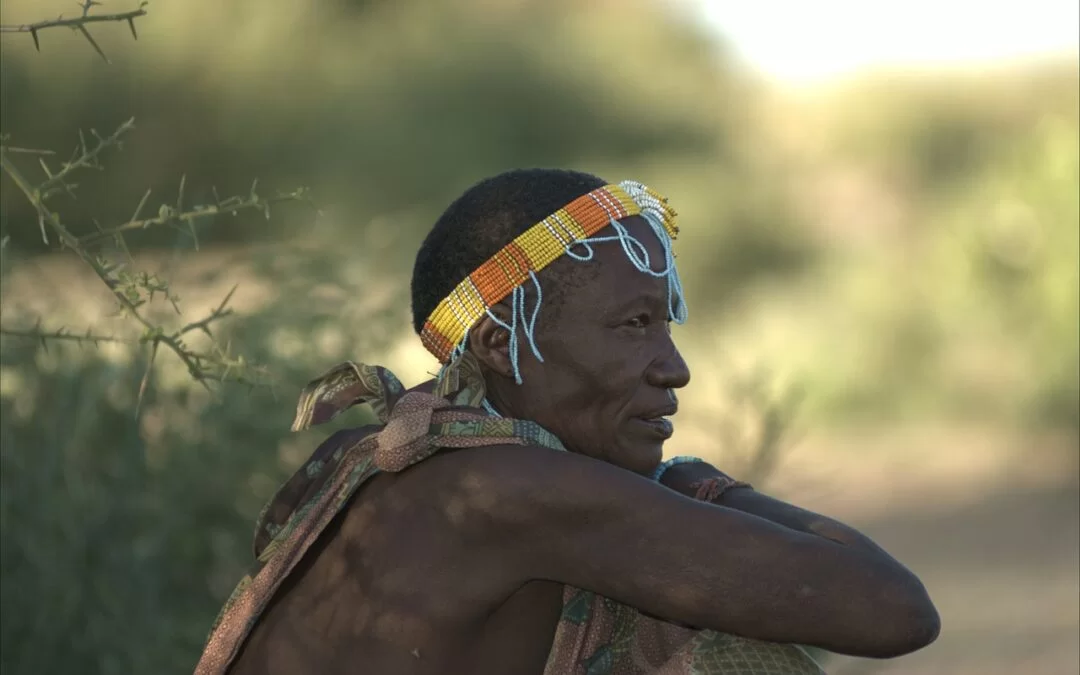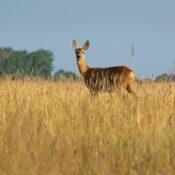
Exploring Tribal Groups in Tanzania: Looking Closely at the Cultural Heritage of the Country
TANZANIA AND ITS TRIBES: AN OVERVIEW
Among the many things that Tanzania is so popularly known and admired for, is its rich cultural heritage and indigenous roots. The country is unmistakably a renowned tourist spot, one of the most sought after destinations to undertake the best safari tours or explore the wilderness in the neverending forests or discover the uncountable species of plants and animals that the country is home to.But there is another remarkable aspect of this country’s heritage that is often not a part of mainstream discussions and discourse- the ethnic tribes that are indigenous to Tanzania’s land. The question, then, is, how many ethnic tribes are there in Tanzania? According to various credible sources and surveys, Tanzania is home to at least a hundred ethnic tribal groups that are residing in different parts of the country, practicing unique lifestyles and keeping different cultural practices alive.
TRACING BACK THEIR HISTORY
According to historical sources, the ‘San’ hunting gathering groups had begun to settle in the territory of Tanzania. It is believed today that the Sundawe hunters inTanzania are descendants of this very group. By 1000 BCE, groups of Cushtic people from Ethipoia had begun migrating to the country, bringing with them knowledge of various pastoral and agricultural practices. The Iraqw, the Gorowa, the Burungi as well as the Mbugu groups are believed to have descended from this group. Further, during around 500 BCE, the Bantu agriculturists, who also had knowledge of techniques of iron smelting, began their migration into the Tanzanian mainlands, slowly dispacing or mingling with the aforementioned San tribe. Eventually, it is this Bantu group that most present day Tanzanian tribes have descended from. Whether you’re planning a safari tour in Tanzania, best to know a land before you enter it!
SOME MAJOR CULTURAL TRIBES IN TANZANIA:
The Sukuma Tribe:
The term Sukuma means North and refers to ‘people of the North’. It is the largest tribe in the country, living in the northwestern region, on the shores of Lake Victoria, one of the Great Lakes of Africa. If you were to ask someone what is the most famous tribe in Tanzania, they are most likely to name the Sukuma Tribe. The Sukuma Tribe comprises a whopping ten million members, and also constitutes over sixteen percent (16%) of the country’s total population. Like many other tribes, the Sukuma practice ‘zootherapy’, i.e. the use of animal based traditional medicines, and also believe in spirit possession. This tribe has historically been cooperative with its other counterpart- the Nyamwezi people.
The Nyamwezi Tribe :
The Nyamwezi Tribe is the second largest tribe in Tanzania, and also another ethnic group that traces its descent back to the historical Bantu group. In contrast to the Sukuma group, the term Nyamwezi refers to ‘south’ and therefore ‘people of the south.’ The people of this tribe traditionally believe in a higher, powerful God, Likube, and others like Limatunda (Creator) and Limi (The Sun) Some other notable cultural practices include presence of Witch Doctors and healers, animal sacrifice and witchcraft.
The Hehe Tribe
The Hehe Tribe is another Bantu ethnolinguistic group based in the Iringna region of southern Tanzania. They speak the ‘Bantu Hehe’ language and are primarily known for their skill in battles and warfare. Historically, they are known for having defeated German troops at Lugalo on August 17, 1891, and being able to sustain that resistance for almost a decade that followed after. Additional;ly, present Day Hehe people are engaged mainly in agricul;tural and pastoral activities.
The Gogo Tribe
Yet another ethnic tribe in Tanzania, the Gogo Tribe, is based in the Dodoma region. In so far as cultural practices are concerned, polygamy is highly valued among the Gogos. Though not many people marry multiple partners, yet the practice finds immense value in the culture itself.. The tribe is also known for its immaculate music practices, featuring local musical instruments like the Zeze( a two stringed instrument.
The Chagga Tribe
Another Bantu ethnic group in Tanzania, the Chagga tribe is mainly situated towards the Kilimanjaro region of Tanzania. They historically originated from the Chagga states on the slopes of Mount Kilimanjaro, and are considered the third largest tribe in the country. Notably, this particular tribe is also famously regarded as the most economically successful and influential tribes in the history of Tanzania. The tribe also owes this prosperity to their location near mount Kilimanjaro, which served as the primary hub for the commercial network,importantly inland.
OTHER NOTABLE TRIBES
In addition to these major tribes, a number of other ethnic tribes too are found in Tanzania. Some notable examples of the same are Makonde Tribe, Zigua Tribe and Hadza and Sandawe tribes. It is important to know here that this knowledge of tribes, in its true essence, is actually non-hierarchical. There are perhaps no tribes that are more important than others, only those that are better known, or more popular for one reason or the other. But a country like Tanzania cannot be without its ethnic tribes, as it cannot without the safari tours in Africa which add richness to its culture, and bring it to life. In fact, no country can exists without its peoples, and it is these small groups that come together and form what we know as the East African nation which is so popular for its safari tours in Africa.
CONCLUSION:
Like we mentioned before, Tanzania is popularly known for offering the best safari tours in Africa, and we often find ourselves wanting to become a part of a wildlife safari in a dense forest in the country. But we must also be equally curious and ready to understand the cultural heritage and significance of the country, the many, many ethnic groups that make it what it really is, and how they matter as much today, if not more, than they did a few decades and even centuries ago. So next time that you’re planning a wildlife safari in Tanzania, you will be informed of not only its tourist beauty, but also what really enriches the roots of the East African country– its people, their lives.




